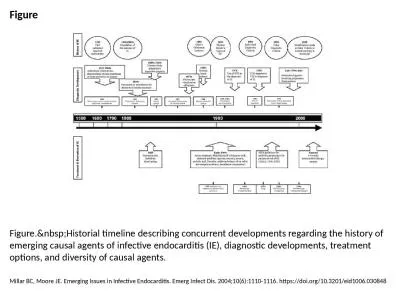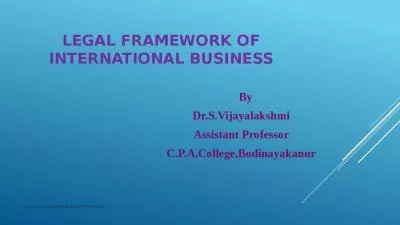PPT-Recent International Legal Developments
Author : marina-yarberry | Published Date : 2016-04-11
CJ341 Cyberlaw amp Cybercrime Lecture 27 M E Kabay PhD CISSPISSMP mailtomekabaygmailcom V 8024797937 Assoc Prof Information Assurance School of Business amp Management
Presentation Embed Code
Download Presentation
Download Presentation The PPT/PDF document "Recent International Legal Developments" is the property of its rightful owner. Permission is granted to download and print the materials on this website for personal, non-commercial use only, and to display it on your personal computer provided you do not modify the materials and that you retain all copyright notices contained in the materials. By downloading content from our website, you accept the terms of this agreement.
Recent International Legal Developments: Transcript
Download Rules Of Document
"Recent International Legal Developments"The content belongs to its owner. You may download and print it for personal use, without modification, and keep all copyright notices. By downloading, you agree to these terms.
Related Documents

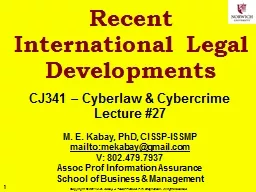


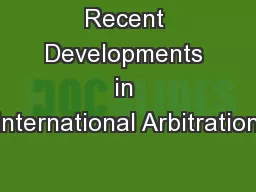

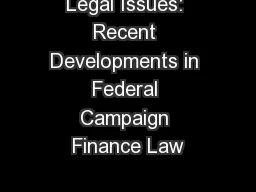
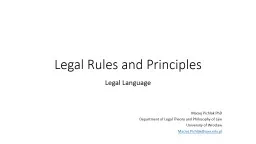
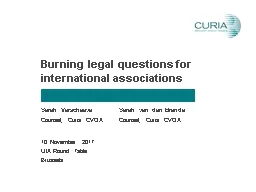
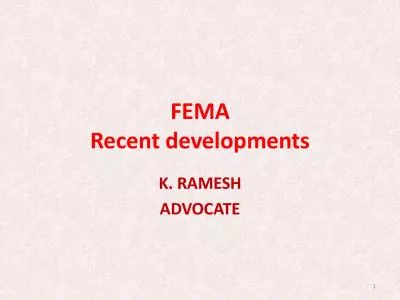

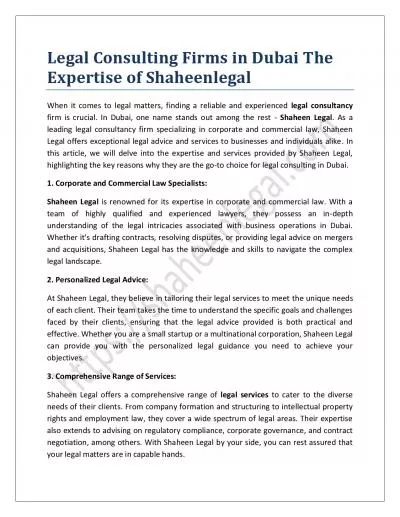
![[PDF READ ONLINE] 2020 Supplement to Civil Procedure, 5th, Rules, Statutes, and Recent](https://thumbs.docslides.com/1020250/pdf-read-online-2020-supplement-to-civil-procedure-5th-rules-statutes-and-recent.jpg)
